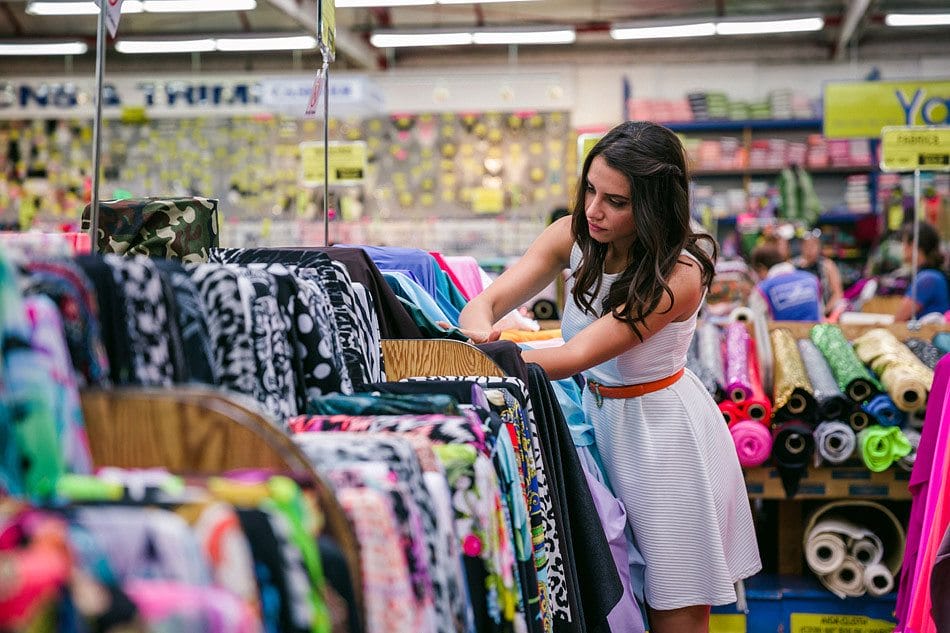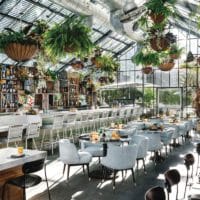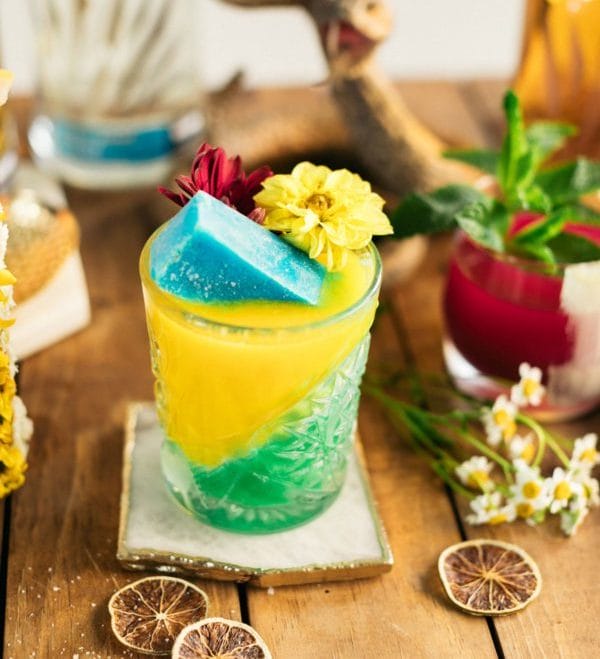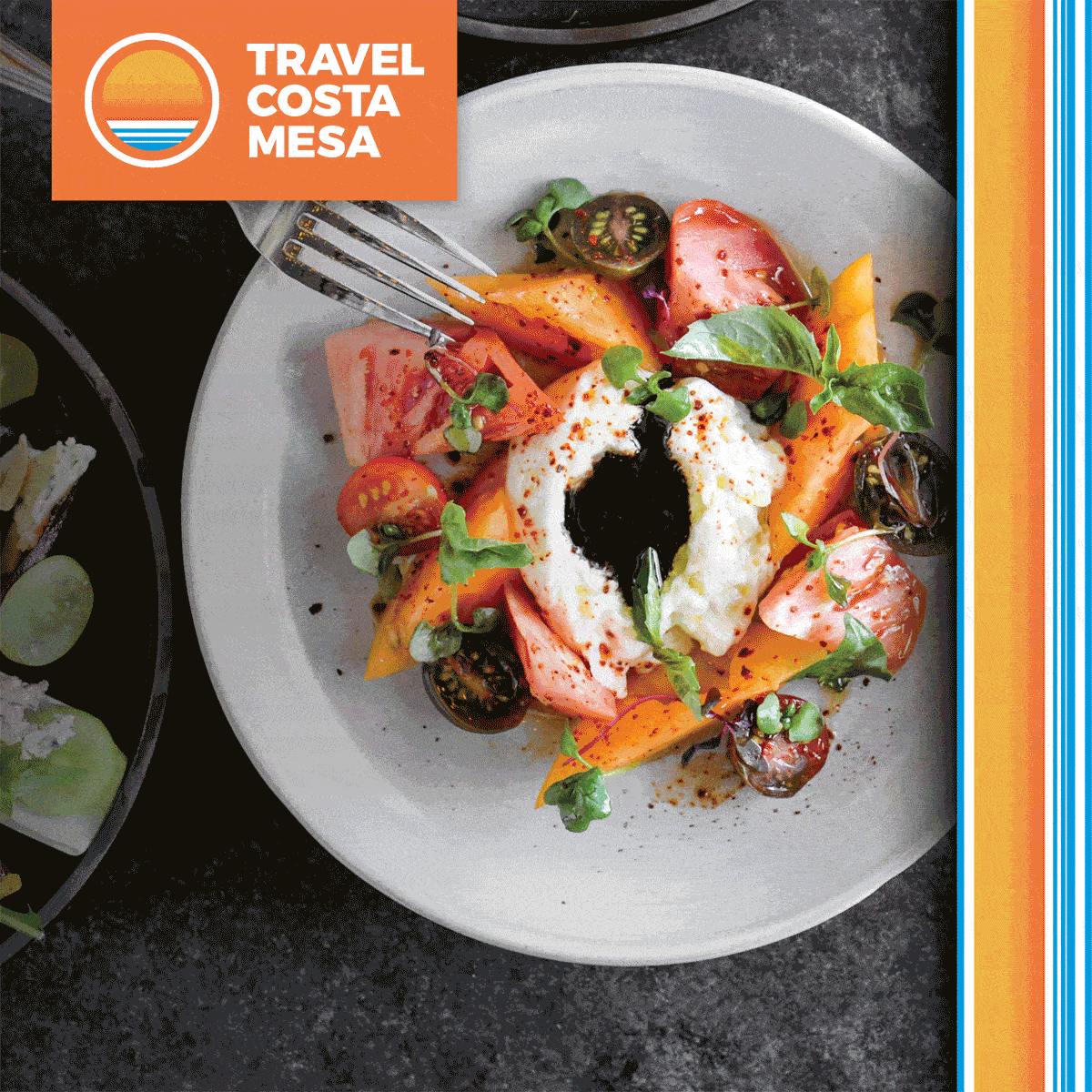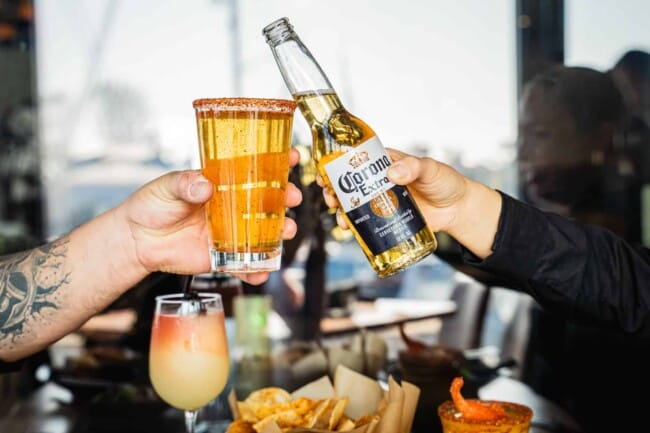What Started in the 1920s is Now a Thriving Cultural Center of Art and Design
Written By: Chelsea Lauren LA Fashion District
Downtown LA is rich with history, especially when it comes to industry, costuming and design. The 90-block zone of pre-war commercial buildings and several modern towers is home to over 5, 000 companies, employing 50, 000 people and taking in $8 billion a year. Mannequins stand in rows, waiting to be dressed, as thousands of boxes are shipped in and out each day. The LA Fashion District is a bustling, chaotic and creative world that captures the essence of the American dream.
1. Originally known as the Garment District, the area began developing in the 1920s with the construction of the Cooper Building at the corner of Los Angeles Street and 9th Street in 1928. Warehouses that specialized in both men and women’s clothing quickly sprouted up, and in the 1940s, the Cooper Building became the hub for fashion showrooms.
2. Situated right next to the Garment District, centered along Wall Street between 7th and 8th Street, is the largest flower market in the country. Japanese florists started the Southern California Flower Market just a few blocks northwest of its current location in 1913; that market moved in 1923 to the 700 block of South Wall Street where it resides today. LA Fashion District
3. In the late 1960s, the sportswear industry was booming and California was popularizing casual wear and iconic swimsuit labels. Many designers flocked to Los Angeles, seeking to dress movie stars, and apparel manufacturers quickly followed. LA Fashion District
4. FIDM was created in response to the fast growing needs of the fashion industry in California. The college was strategically set in the Garment District on 8th Street in 1969, close to the major department stores of the time—namely, May Company, The Broadway and Bullocks.
5. The birth of Santee Alley came about in the 1970s and ’80s as many immigrants opened up shops in the wake of the 1979 Iranian Revolution. Initially operating from the back doors of wholesale businesses, retailers would open outlets for one or two days a week until they grew into full-time businesses. “The Alley” is a multicultural melting pot—part bazaar and part carnival—known for its lively, cacophonous atmosphere with more than 150 vendors offering thousands of items.
6. In an effort to improve the neighborhood and area surrounding the Garment District, the first property-based business improvement (BID) was established in 1996. Serving as a hallmark to the new and improved zone, the name was changed to the Los Angeles Fashion District, transforming the area from industrial to a vibrant mixed-use district.
7. One of Downtown’s most recent curiosities is St. Vincent Court (7th Street between Hill and Broadway), a restored alleyway in the Jewelry District that emulates a quintessential Parisian street. It’s teeming with shoppers and Middle-Eastern cafés. The site is named after Los Angeles’ first college, Saint Vincent’s College, which was founded in 1865.
8. Acting as the shiny new face of the Fashion District are the Marts. Comprised of the California Market Center, the Cooper Design Space and the New Mart, the Marts are home to many up-and-coming designers as well as buyers and sellers for boutiques worldwide. The designer showrooms hold sample sales the last Friday of the month at California Market Center (110 E 9th) and New Mart (127 E 9th). Note: Most are cash only.
9. The sprawling area can be a lot to take in; the district is divided into quadrants, each specializing in specific items. Menswear is found along Main, Los Angeles and Santee Streets between 7th and 9th and also between 14th and 16th. Women’s fashion is primarily concentrated into the 7th and 8th blocks, in the proximity of Santee Alley. Kids’ clothing is along 12th and Pico between Maple and San Pedro. Accessories and athletic apparel are found on Main and Los Angeles between 11th and 16th. Those in search of raw textiles can find them between 8th and Olympic.
LA’s Fashion District has a History as Rich as Its Fabrics.
-
Locale Magazinehttps://localemagazine.com/author/admin-3/
-
Locale Magazinehttps://localemagazine.com/author/admin-3/
-
Locale Magazinehttps://localemagazine.com/author/admin-3/
-
Locale Magazinehttps://localemagazine.com/author/admin-3/


